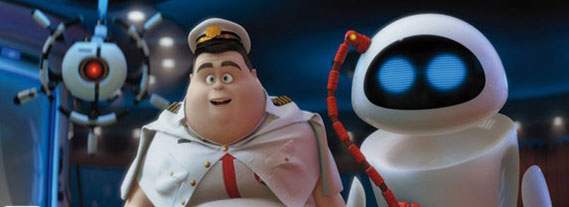
| At one point, Eve takes the position of Wall-e and the viewer. At first she had not allowed herself to be drawn into the constructions being implemented in Hello, Dolly!, at least not until the "mortise" was just right, when the "image [of Wall-e's desire]...was framed" in just the right way for her (Rose 90). From this perspective, the image from Hello, Dolly! where they hold hands becomes something like an advertisement under the lense of semiotics. The "synecdochal" sign of the couple's clasped hands is the representation of love for Wall-e, what he has been pursuing, trying to perform with Eve, but it wasn't until she was out from under the influence of her 'directive' was Eve able to perceive the meaning behind the image (Rose 87). |  |
| For the audience watching Wall-e, seeing Hello, Dolly! on a screen in the context of an animated sci-fi film does something unique to the "salience" and "modality" of the image of those two real figures clasping hands. The reality of those clasped hands pronounces their salience or "eye-catching" capabilities when surrounded and viewed by the animated world which in turn is viewed by us, the audience. (Jewitt and Oyama 151) Jewitt and Oyama defined modality as how "real" something is, either in a "specific way..naturalistic" like photographs, or in a "scientific way...sensory" like charts and graphs which describe something "in general...or according to some deeper, 'hidden' truth...[it] probes beyond the surface and abstracts from detail" (Jewitt and Oyama 151). The clasped hands Eve views are very naturalistic, while the modality of what they represent (love and companionship) is very real. Literally, the images the animated robots watch are images of real people who are acting out a recognizable form of love. | 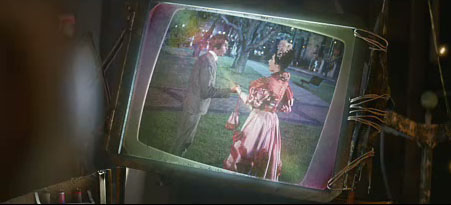 |
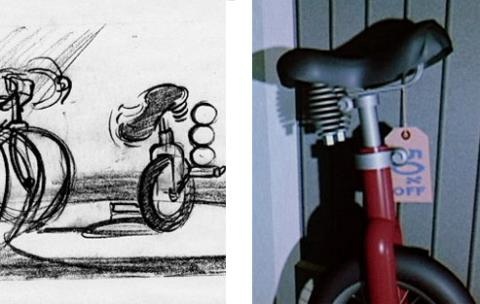
|
Andy Darley wrote an incredible article called Second-order realism and post-modernist aesthetics in computer animation. Darley talks about a short film done by Pixar's John Lasseter called Red's Dream(1987), a short film which helped to pave the way for Wall-e in all of its simulated glory, along with other such titles like Toy Story(1995), Finding Nemo(2003) and Cars(2006). The forms of "unprecedented imagery" in Red's Dream "involve particular kinds of contact with already established aesthetic conventions and form" (Darley 16). I bring this up because Darley emphasizes that the "contact comprises modalities of hyrbidisation and simulation...The resulting aesthetic is an illuminating example of visual post-modernism...This aesthetic is an example of new levels of preoccupation with signifiers at the expense of signification and reference." (Darley 16) |
| Again, going back to the salience of the real images on display in the film, the audience is brought back to what is real. Those real images in Wall-e are meant to represent our present day earth and consumer culture while the animated world surrounding those real images are meant to signify an imagined, but very possible future for humankind and robots alike. Rather than allow for the connotive meanings behind the forms in Wall-e to become interrupted and potentially lost because of the novelty of the film's visuality, Stanton interrupted the fluidity of his film's hybridisation and simulation or unique "synthetic combining through the computer of a number of prior image forms... Disney style animation, three-dimensional animation and live action cinema" by implementing live action footage as paradigmatic (Darley 19). |
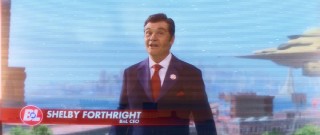
|
|
Engendering Robots Image by anime-dragon-tamer www.deviantart.com |
Back to Watching Wall-e | Back to Visualizing Humanity |
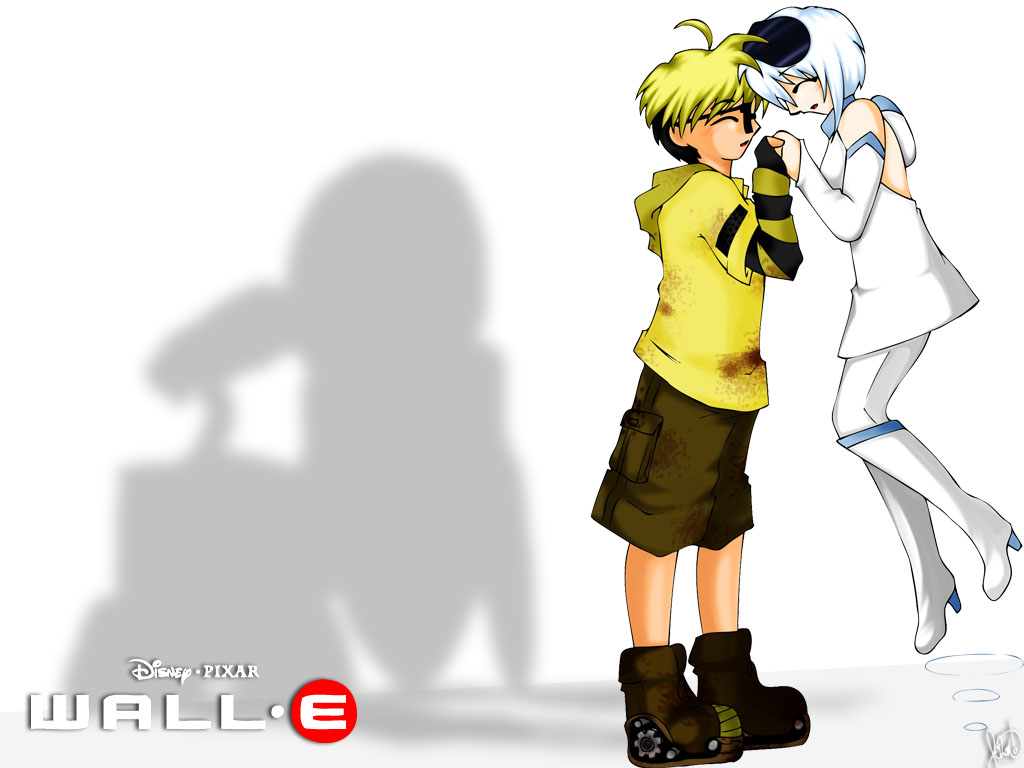
|
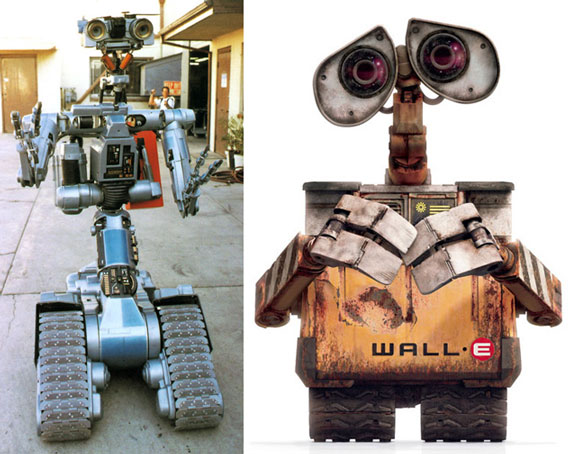
|
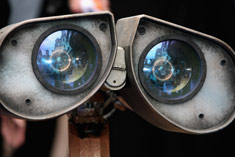
|